Young and middle-aged women wearing short bright dresses, high heels, highlighted eyelashes and red lips. It is a daily look of the representatives of the oldest profession. In the evenings, they gathered in Holbeck, the industrial area on the Leeds’ outskirts. These women provided sexual services to all the interested, townspeople and tourists. Most of the women were British, although Polish and Romanian girls soon began to compete with them as well.
Prostitution isn’t illegal in Britain, but customer satisfaction, extortion, pimping and running a brothel are crimes. Street prostitution and related challenges have always existed in most cities of Great Britain, including Leeds. However, in this city, it reached such a peak that Leeds even acquired the first red light district, which worked on legal grounds, albeit in a pilot version.
Learn more about the development of the sex industry in Leeds, West Yorkshire, at leeds-future.
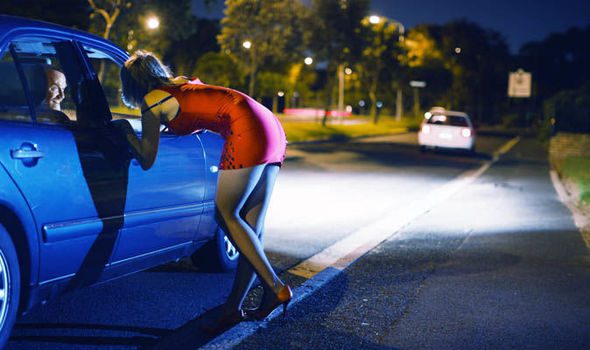
Start of sex business in the city
The sex industry emerged in Leeds several centuries ago, which made it one of the first cities in Great Britain to face such a phenomenon. Brothels and the first legal red light district existed here as well. The earliest records of Leeds’ red light district date back to the 1800s, when it was reported that several brothels operated in the city centre on Boar Lane and Briggate.
In 1837, the article in The Leeds Times weekly newspaper mentioned a notorious brothel near St James Church. The church was demolished over 100 years ago. Today, this territory is occupied by the magnificent and giant Pinnacle building on Albion Street. However, 200 years ago, these grounds also housed one of the most famous public houses in the city. Although there is very little information about that brothel, they say that it became famous as one of the first of its kind.
It wasn’t the only place. By 1839, there were approximately 98 public houses in Leeds. In 1840, this number had risen to 175. Some sources state that 1,225 prostitutes worked in brothels throughout the city.
In 1858, the local police actively pursued and arrested more than 35 sex workers who provided their services in the most popular public places. However, those cases were rare because brothels had begun to appear all over the city by that time. Templar Street, Lady Lane and Bridge Street were the most mentioned places in police reports during the mid-19th century.
In addition, prostitutes could also be found in other parts of the city centre, such as Park Lane, the Dark Arches, Swinegate and Whitehall Road. Subsequently, the sex industry started to concentrate in the new houses, which were mostly located around the Boar Lane and Briggate areas.
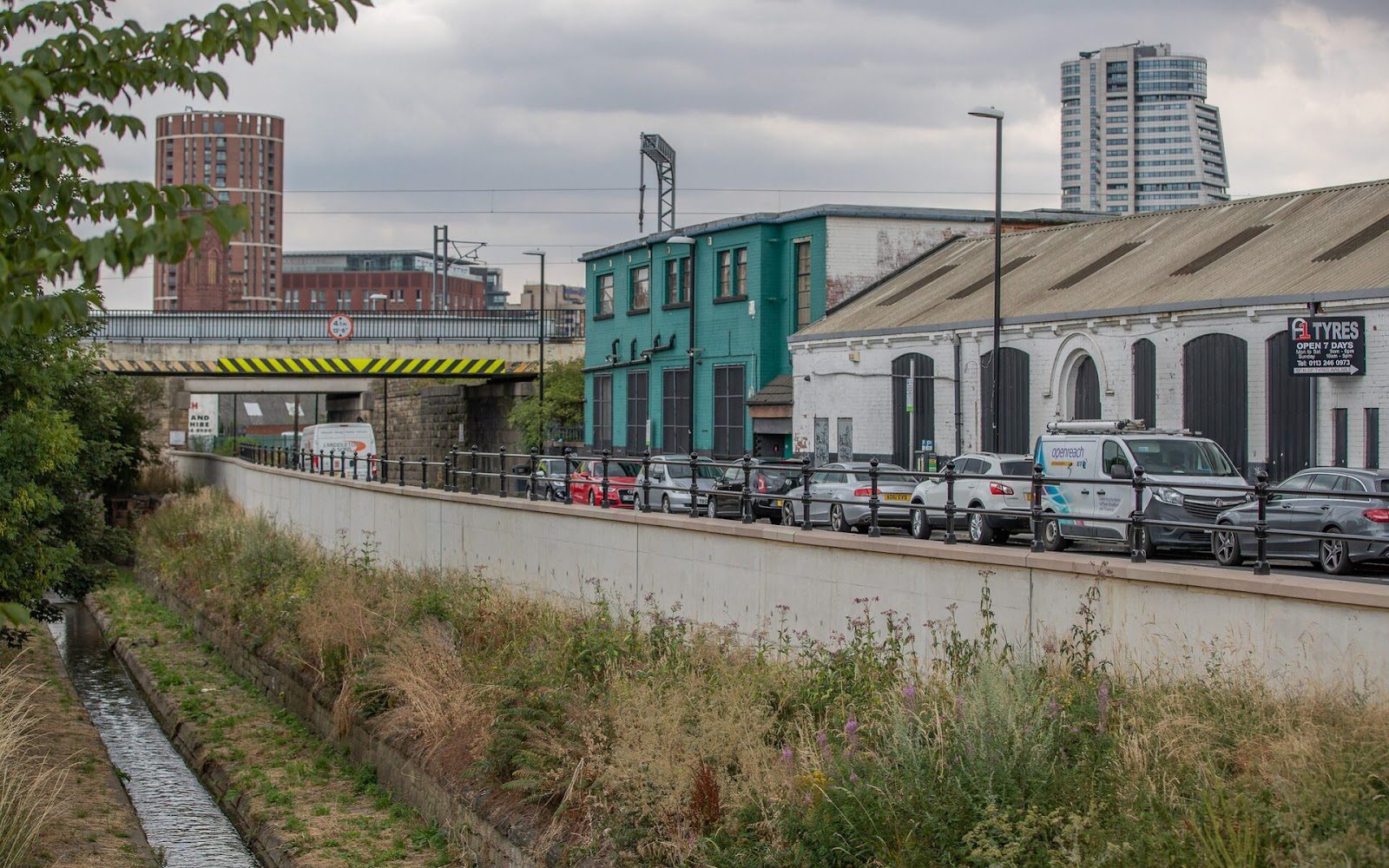
Popular city brothels in the 20th century
During the 20th century, the sex industry was spreading further, covering new areas within the city limits. In 1918, there was an elegant brothel in the Harehills area, which was frequented by army officers. However, one day, the police searched it, marking the beginning of the fight against the rapidly developing sex industry.
The city’s new red light district was created in Chapeltown in the early 1970s. In 1974, the journalists of the daily evening newspaper Yorkshire Evening Post wrote that several dozen prostitutes worked on the city’s main streets. In 1983, police officers recorded 950 cases of prostitution in the Chapeltown area, which was significantly more than the previous year.
In 1996, the British newspaper The Times repeatedly stated that Chapeltown and Harehills were the main red light districts in Leeds, which caused waves of indignation and discontent among the local population. In 2001, the city faced the apogee of the sex industry development. The number of prostitutes on the streets of the city increased significantly, so Leeds was shaken by protests. Activists achieved the creation of a special department to stop the illegal activities of prostitutes and their pimps.
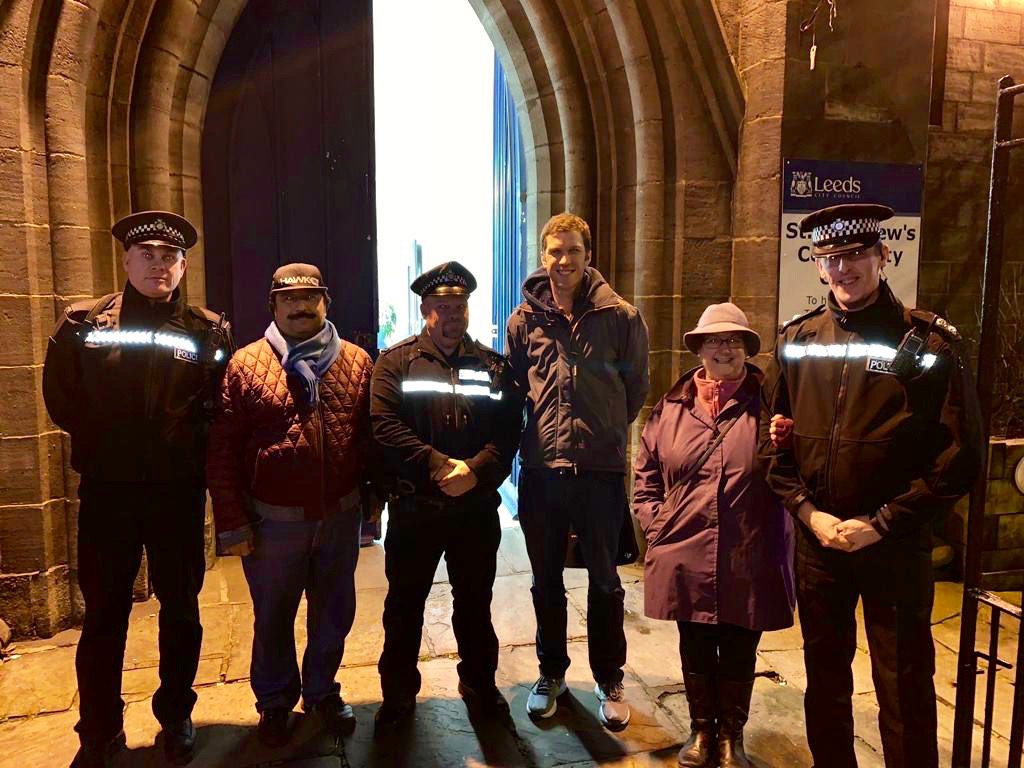
Holbeck as the official red light district of Leeds
Local protests in Chapeltown pushed the sex industry to the Holbeck area, which later became its most famous centre in modern Leeds. In 2004, about 170 women worked on the streets of Holbeck.
In a few years, the city began to actively suppress the sex business in other areas of the city, namely in Armley and New Wortley. Other secret brothels in the Kirkstall area were raided quite frequently by the police as well.
The so-called managed approach to prostitution was proposed by local leaders as an attempt to provide a safe haven for involved women and create a single area for their work. The plan was launched back in October 2014 as a 12-month pilot programme by public safety partners Safer Leeds. That group included Leeds City Council and West Yorkshire Police.
West Yorkshire Police and Leeds City Council set simple rules, according to which women could provide their services within a certain area between 8 p.m. and 6 a.m. without fear of being arrested. Customers were able to purchase sexual services within the distinguished zone only. The police guarded the area and the financial service provided condoms, tea and support for women engaged in prostitution.
The managed approach has cost Leeds taxpayers around £300,000 a year. In a short period, Holbeck has undoubtedly become the safest place for representatives of the sex industry in Leeds and a great example of an innovative solution to a difficult problem. However, activists and the public opposed it, while sex workers emphasised that they didn’t feel any more protection from the police and there were more drugs and chaos on the street.
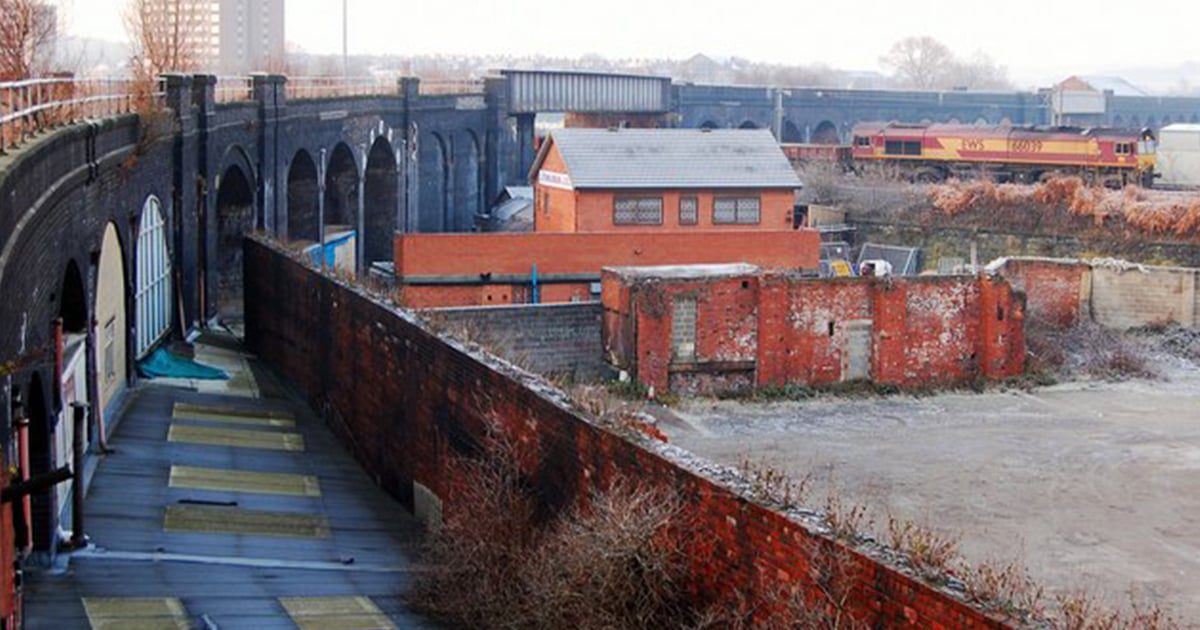
Despite repeated adverse reactions from citizens and politicians, Leeds City Council and West Yorkshire Police were adamant. They believed that it was the best way to settle the acute issue of prostitution on the city streets. They repeatedly stressed that the managed approach plan is not a red light district, as it is controlled and supported by various organisations and has a strict set of rules that sex workers must follow.
The programme finally failed and was closed in June 2021 because it caused widespread outrage among local residents and activists across the country. The townspeople condemned public sex in broad daylight, the stalking of teenage girls, the distribution of drugs and the filth left behind by prostitutes and their clients. According to the details of the case, prostitution and sex abuse were once again criminalised in the area.
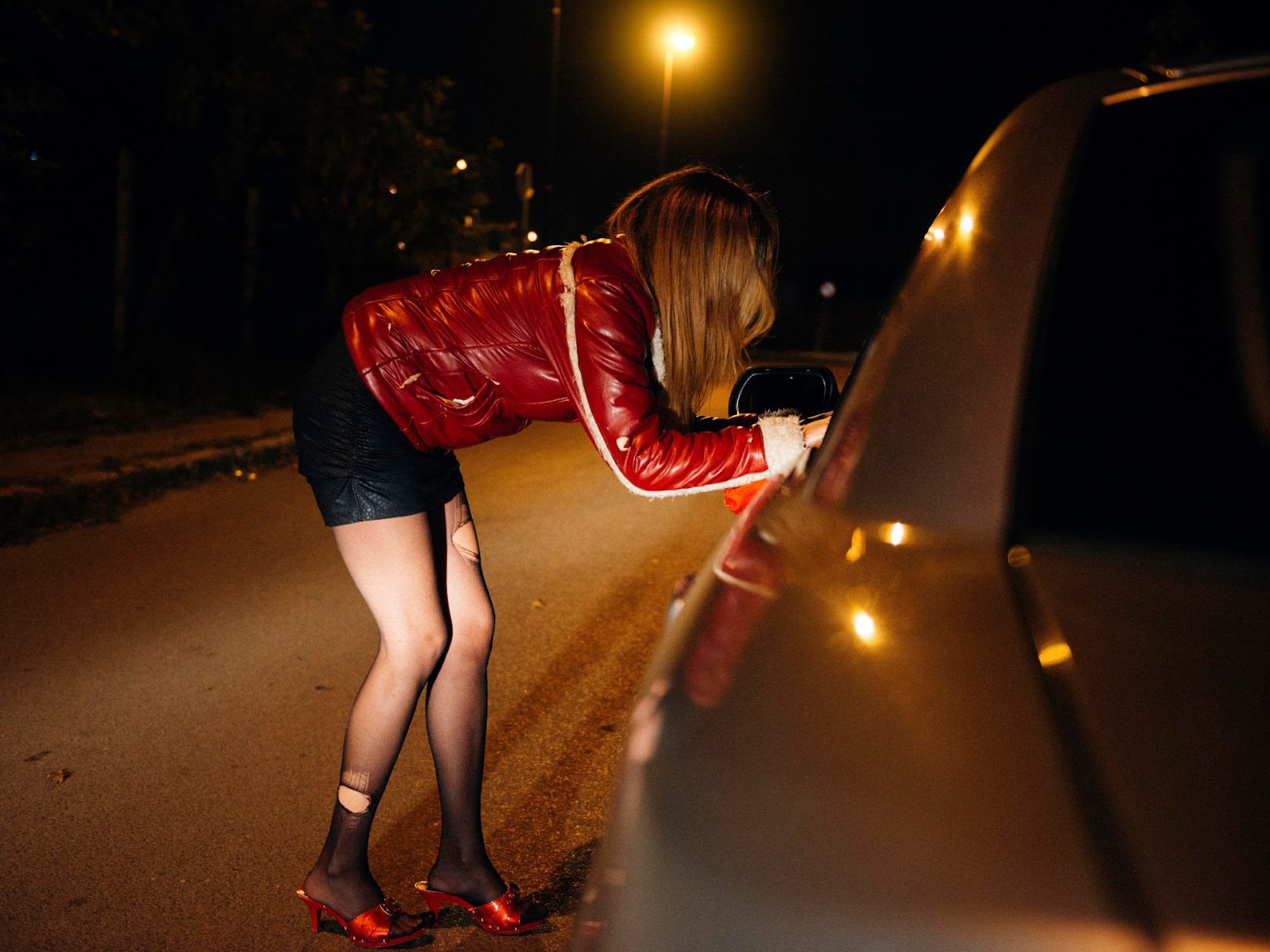
Brutal murders of sex workers and victims of sex trafficking
The case of the Yorkshire Ripper shook the city for the first time in the late 1970s. Among numerous victims of serial killer Peter Sutcliffe were three sex workers, Marilyn Moore, Emily Jackson and Irene Richardson. The two latter were the least fortunate, as they were found murdered just off Roundhay Road. Marilyn Moore miraculously survived. After those tragic events, the police stated that the number of prostitutes in the city decreased significantly. However, after the arrest of Sutcliffe in 1981, representatives of the oldest profession started their business in the city again.
In December 2015, there was another murder of a sex worker in the city. The victim was Daria Pionko, who came from Poland. The girl was 23 years old. She lived in Leeds with her boyfriend and worked in the Holbeck area. Her attacker, Lewis Pierre, was quickly tracked down and jailed for 22 years.
Several brutal attacks, rapes and sexual assaults have been repeatedly recorded in the red light district. Some charity organisations are advocating for women trapped by drugs, easy money and constant danger, always stressing that every woman deserves a better job and a happy life.